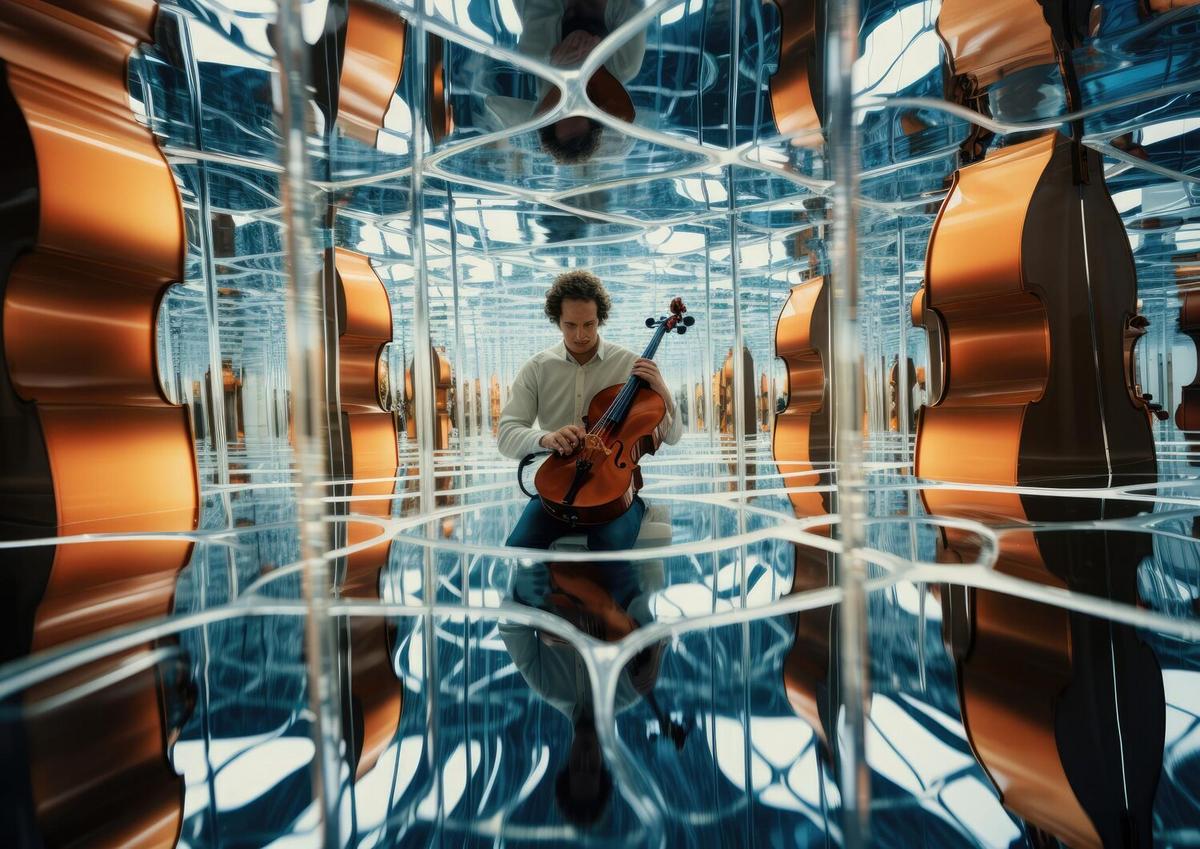The performing arts have always been a dynamic reflection of society, evolving with each era to mirror the cultural and technological shifts of the time. As we navigate the digital age, performing arts are undergoing a transformative journey, blending traditional expressions with cutting-edge technology to create new experiences for audiences worldwide.
The digital age has ushered in a new era for performing arts, where the fusion of technology and creativity is leading to unprecedented innovations. From virtual reality (VR) stages to live-streaming performances, artists are embracing digital tools to reach broader audiences and redefine the boundaries of their craft.
The Impact of Technology on Performing Arts
Technology has become an integral part of the performing arts landscape. According to a report by the International Federation of Arts Councils and Culture Agencies, digital platforms have expanded audience reach by 30% in the last decade. This shift has made performances more accessible, allowing people from various geographical locations to experience art forms that were previously out of reach.
“Digital tools have empowered artists to experiment and engage with audiences in innovative ways. It’s a thrilling time for the arts,” notes renowned theater director Alex Thompson.
How Artists Are Adapting
Performers are not just adapting to digital platforms; they’re thriving. For instance, online platforms like YouTube and Vimeo have provided a stage for emerging artists to showcase their work without the constraints of traditional venues. The rise of social media has also played a crucial role in connecting artists with their audience, fostering a global community.
Statistics on Digital Engagement
| Year | Online Engagement Growth | Digital Arts Revenue |
|---|---|---|
| 2015 | 10% | $1 billion |
| 2016 | 15% | $1.2 billion |
| 2017 | 20% | $1.5 billion |
| 2018 | 25% | $1.8 billion |
| 2019 | 30% | $2 billion |
| 2020 | 35% | $2.5 billion |
| 2021 | 40% | $3 billion |
| 2022 | 45% | $3.5 billion |
Challenges and Opportunities
While the digital transformation offers numerous opportunities, it also presents challenges. Artists must navigate issues like copyright concerns and the need for technical skills. However, these challenges come with the chance to innovate and collaborate across disciplines, leading to richer artistic expressions.
Actionable Tips for Artists
- Embrace online platforms to diversify your audience.
- Invest in digital tools and training to enhance your craft.
- Collaborate with technologists to explore new artistic possibilities.
FAQ
How has digital media changed performing arts?
Digital media has expanded the audience reach and enabled artists to experiment with new forms of expression.
What are some examples of digital tools used in performing arts?
Examples include VR, AR, live streaming platforms, and social media for audience engagement.
Conclusion
The evolution of performing arts in the digital age is an exciting journey that blends tradition with innovation. By embracing technology, artists can reach new heights and audiences, ensuring that the performing arts continue to thrive in an ever-changing world. Whether you’re an artist or an enthusiast, staying informed and adaptable is key to navigating this dynamic landscape.




Leave a Reply